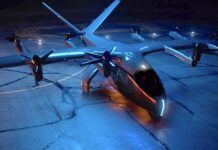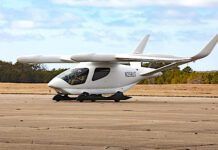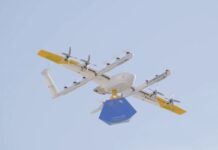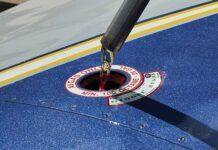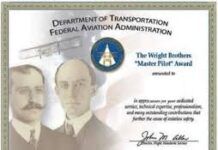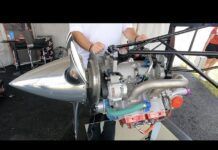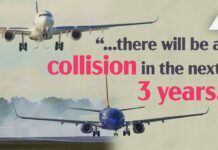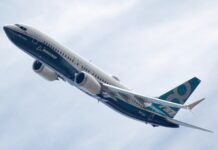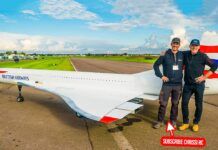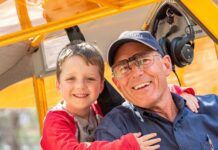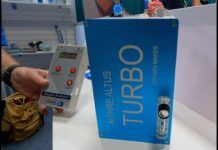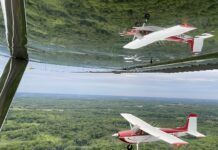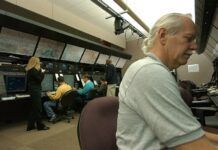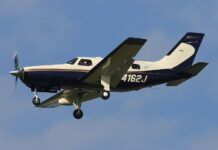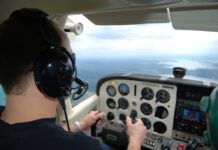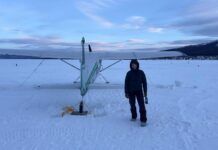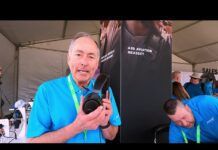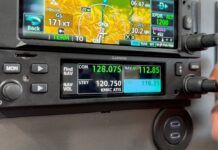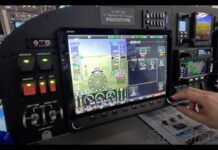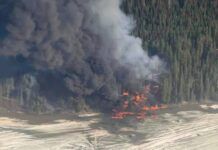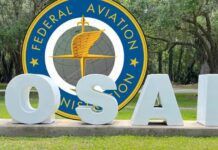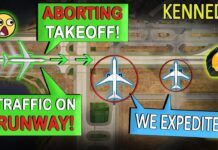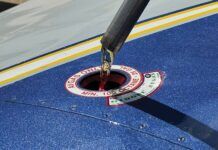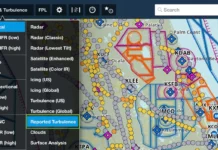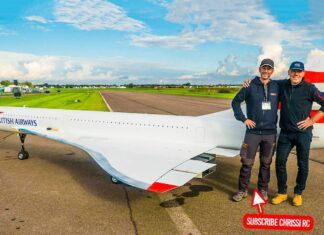Once the rule takes effect on September 1: the industry must establish consensus standards for each LSA type (airplane, powered ‘chute, trike, etc.), the FAA must adopt those standards, and the manufacturer must factory-build the aircraft in accordance with those standards, the EAA said. For imported LSAs, the aircraft must be eligible for an airworthiness certificate in its home country. Homebuilt aircraft operated as sport aircraft will be designated Experimental LSA, and cannot be operated for hire. The new LSA designs are expected to originate in the kitplane and ultralight worlds, Poberezny said. So far the certificated manufacturers (busy packing their aircraft with Garmin and Avidyne flat-panel displays) have not expressed overt interest in going there. He also acknowledged that some companies now in the kitplane business may not choose to go the LSA route, for liability, facility, or other concerns. “That’s a business decision, whether the potential reward is worth the risk,” he said. “That’s our free-enterprise system works, and this will all just have to shake itself out over time.”
While he expressed some disappointment that EAA didn’t get its way 100 percent on the good-to-go-with-a-driver’s-license medical provision, Poberezny said, “That was not the core of the rule.” The FAA’s final take — which excludes from Sport Pilot-hood anyone who’s been denied an FAA medical — affects a lot of people who were hoping to get back in the air, he said. “But we’re still working with the FAA and looking for ways to remedy that.” And the core purpose of the rule — “an investment in the future, to bring people into aviation, and grow the aviation community” — survived the 10-year rulemaking process, and meets the needs of many people, he said.



